The 21st Annual International Society of Sports Nutrition (ISSN) Conference and Expo took place from June 18-20, 2024 at the Hyatt Regency in Bonita Springs, Florida. We teased it with ISSN co-founder Jose Antonio in Episode #137 of the PricePlow Podcast, and it was as great as promised.
This year's conference, the first under the presidency of Dr. Chad Kerksick, was a resounding success, featuring numerous insightful presentations, engaging panel discussions, and pioneering research poster sessions from researchers across the country.
ISSN 2024 Conference Highlights, Courtesy Kyowa Hakko USA
The conference opened with a packed schedule of presentations on the first day, followed by a series of equally engaging sessions and panel discussions over the next two days.
Watch the video below, where Ben joins Kyowa Hakko USA's Katie Emerson to discuss their highlights:
These highlights are covered below, and then we explore Katie's presentation on Cognizin® citicoline, which brought a few new ideas to light that we want to explore. Kyowa Hakko USA is a sponsor of both the ISSN conference and PricePlow.
Below are Ben and Katie's favorite ISSN 2024 presentations / panels:
-
Jaime Tartar's Presentation on Melatonin
Jaime Tartar explored the fascinating effects of melatonin, particularly highlighting new research on the benefits of wearing blue light blocking glasses. This presentation resonated deeply with attendees interested in sleep and recovery.
Jaime recently published a paper on melatonin in the Journal of Circadian Rhythms in 2021,[1] and another one on acute sleep deprivation in young adults.[2] She's also supported the creation of the ISSN's Position Stands on the nutritional concerns of the female athlete[3] as well as tactical athlete nutrition.[4]
-
Lia Jiannine's Study on Turkesterone
Ben particularly enjoyed this study, which revealed that turkesterone, a popular supplement, showed negligible effects on body composition and performance. This finding sparked significant discussion among participants regarding the efficacy of commonly used supplements.
Lia doesn't have any published work on turkesterone, but she is co-author of a very interesting article published by Jose Antonio titled "The Effects of an Energy Drink on Psychomotor Vigilance in Trained Individuals".[5]
-
Panel: How to Use Science for Purposes Other Than Academic
This panel discussion, moderated by Katie, featured Ben alongside David Slagle and Susan Hewlings of Radicle Sciences. It addressed the critical issue of attracting more researchers to the sports nutrition industry, and how working with brands and ingredient suppliers isn't a bad thing for academics, it's helpful for everyone involved.
They also discussed how individuals without college degrees can still make substantial contributions to the field, underscoring the importance of diverse educational backgrounds.
But of course, we need to cover Katie Emerson's presentation:
Katie Emerson's Presentation on Cognizin® Citicoline
Katie gave a presentation on Cognizin®, a branded form of Citicoline by Kyowa Hakko USA, and it was a standout session. This fantastic nootropic ingredient is covered in great detail in our main Cognizin® article, but below is a detailed breakdown of her presentation:
-
Introduction to Kyowa Hakko USA
Katie began by explaining the organizational structure of Kyowa Hakko, including its pharmaceutical and health & wellness supplement divisions. Interestingly, the company is owned by Kyowa Kirin Co., Ltd, the Japanese beer company.
She highlighted the company's commitment to producing high-quality, scientifically-backed ingredients like Cognizin, but also Immuse, Velox, and more.
-
The Importance of Brain Health in Athletes
Katie emphasized the often-overlooked connection between brain health and athletic performance. She discussed how training the brain can enhance reaction time, hand-eye coordination, and overall cognitive function, which are crucial for athletic success.
-
Mechanism of Action of Cognizin
Cognizin works through the Kennedy pathway, supporting the production of phospholipids, which are essential for healthy neuronal cell membranes.[6] Also known as the CDP-choline pathway, it was discovered by Eugene Kennedy in 1956,[7] hence its name.
The CDP-Choline / Kennedy Pathway. The question to ponder is, by supplying citicoline ourselves, do we spare some of the work upstream? This is discussed later in the Q&A section.
This contributes to improved cognitive functions such as memory, attention, and mental energy.
In this pathway, choline is converted to phosphocholine, which is then converted to CDP-Choline (citicoline), which is finally converted to phosphatidylcholine.[6] You can see this on the pathway map shown on this page, courtesy Wikimedia. We noticed something in this pathway map that may explain one of Cognizin's "unspoken benefits" -- this was discussed in the question-and-answer section below.
-
Research and Clinical Trials
Katie presented various studies demonstrating Cognizin's effectiveness. Key findings included:
- Increased mental energy and improved phospholipid production in the brain.[8-11]
- Enhanced accuracy and reduced errors in cognitive performance tests among both males and females.[12,13]
- Improved motor function and reaction times in healthy adolescents,[13] which could support sports performance.
There are of course many other studies discussed in our main Cognizin article linked above and below.
-
Consumer Insights and Market Demand
Cognizin® Citicoline is dubbed the The Brain Choline not just because it provides choline, but because it also supplies cytidine, which is also needed for the synthesis of phosphatidylcholine
Next, we saw shared survey data indicating strong consumer interest in supplements that improve focus, mental energy, and memory. This is unsurprising, having seen the nootropic movement grow for well over a decade now.
For instance, one incredibly popular energy drink that includes 250 milligrams of Cognizin is Bum Energy, which keeps the caffeine lower at 112 milligrams per can. In the world of sports and active nutrition powders, we've noted how RYSE Supps switched to Cognizin in their pre-workout formulas, and RYSE is no stranger to success.
Katie also addressed common concerns about supplement safety and efficacy, emphasizing Kyowa Hakko's rigorous testing and quality control measures.
-
Conclusion
Katie concluded with a call to action for incorporating brain health supplements into athletic training regimens, highlighting the comprehensive benefits of Cognizin for both cognitive and athletic performance. This is where we'd love to see the research head!
-
Questions and Answers: Sparing ATP?!
Heading back to the slide of the Kennedy Pathway, which is shared below, I (Mike Roberto) asked a question:
This is Katie slide showing how Cognizin citicoline works. In blue, however, is the ATP molecule we're wondering if we can spare by providing our own citicoline, thus preserving just a bit more energy for other uses.
When choline is used to create phosphatidylcholine to support cell membranes, we sacrifice an ATP molecule back to ADP in the first conversion from choline to phosphocholine.
By supplementing citicoline -- a direct precursor to phosphatidylcholine -- is it possible that we're sparing ATP since we don't need to create as much endogenous citicoline through this pathway?
The latest study performed on Cognizin® Citicoline was published in 2021, showing improved memory in healthy older adults.[14]
If so, this could be another explanation as to why citicoline "feels good". We often attribute the experiential effect of the ingredient to its potential ability to increase dopamine,[9,11,13,15] but maybe there's also an ATP-sparing component as well, keeping cellular energy higher for other things we need.
We're not sure of the answer to this, but it's worth exploring and considering in greater detail.
Once again, you can read more about Cognizin in our article titled "Cognizin® Citicoline: The Brain Choline".
We were also incredibly impressed with the poster presentations. There were a few interesting studies, including some that used well-known supplements such as GNC's Wheybolic. Those will be published to the ISSN Conference Proceedings shortly.
Conclusion: Don't Miss ISSN 2025!
The ISSN 2024 Conference successfully brought together leading experts and emerging researchers to share their latest findings in sports nutrition. The event was marked by engaging presentations and insightful discussions, setting the stage for future innovations in the field. The seamless execution of the conference under the new presidency of Dr. Chad Kerksick further demonstrated ISSN's commitment to advancing sports nutrition research and education.
We look forward to further exploring these topics in upcoming episodes of the PricePlow Podcast, including our conversations with Dr. Chad Kerksick. Subscribe to the podcast in the link above to see those, and make sure you're signed up for our Kyowa Hakko USA and Cognizin news so that you don't miss out on future research, products, and presentations:
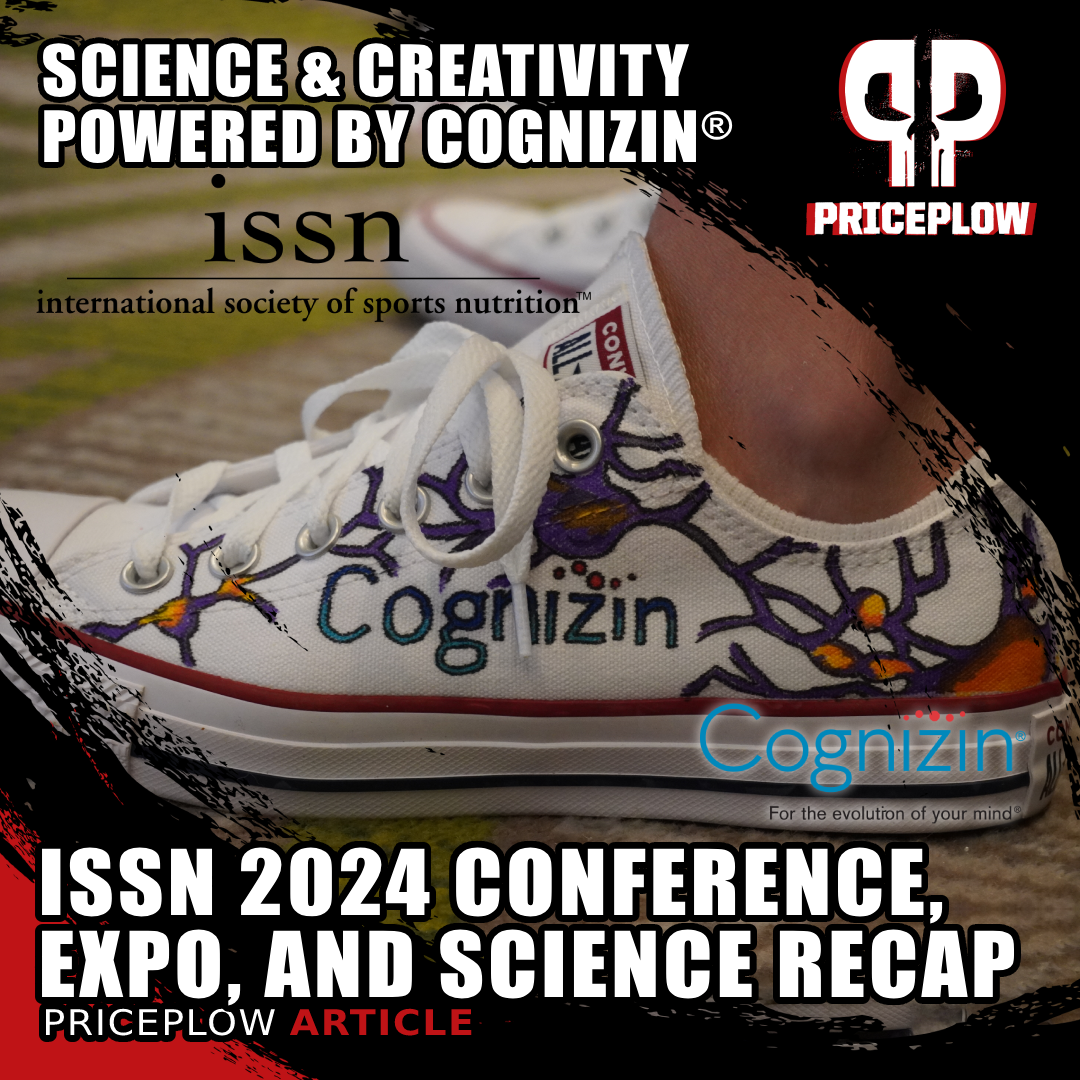
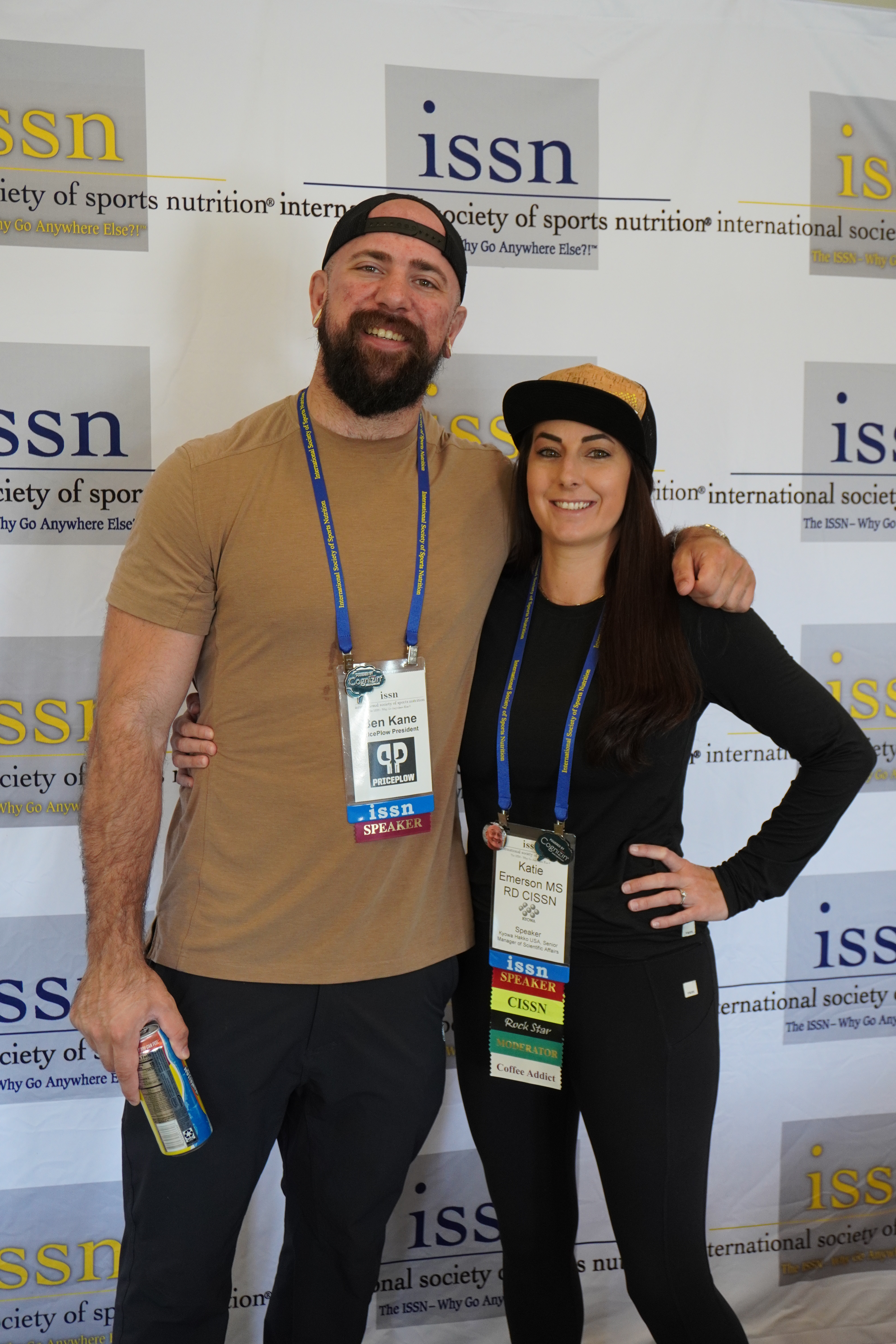
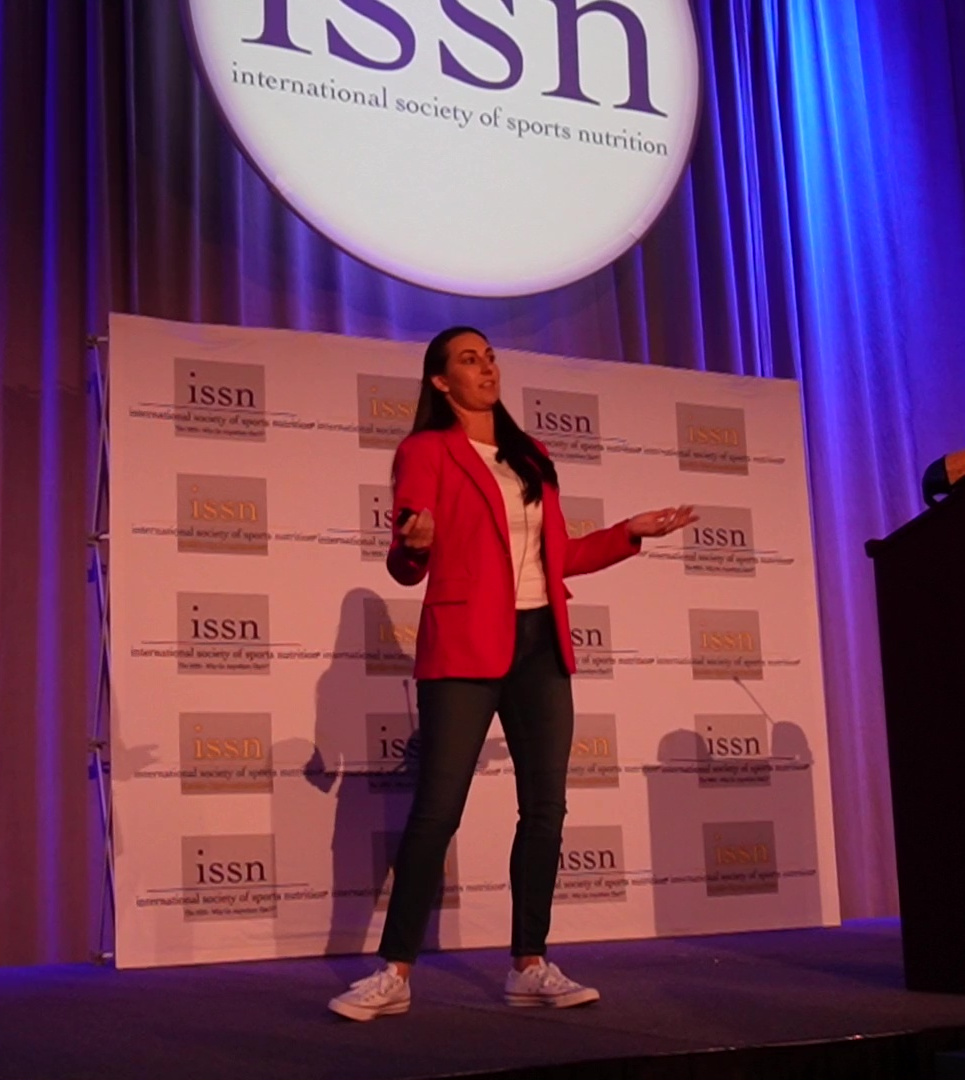
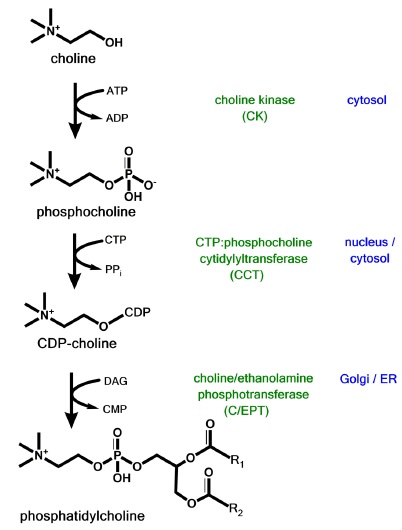
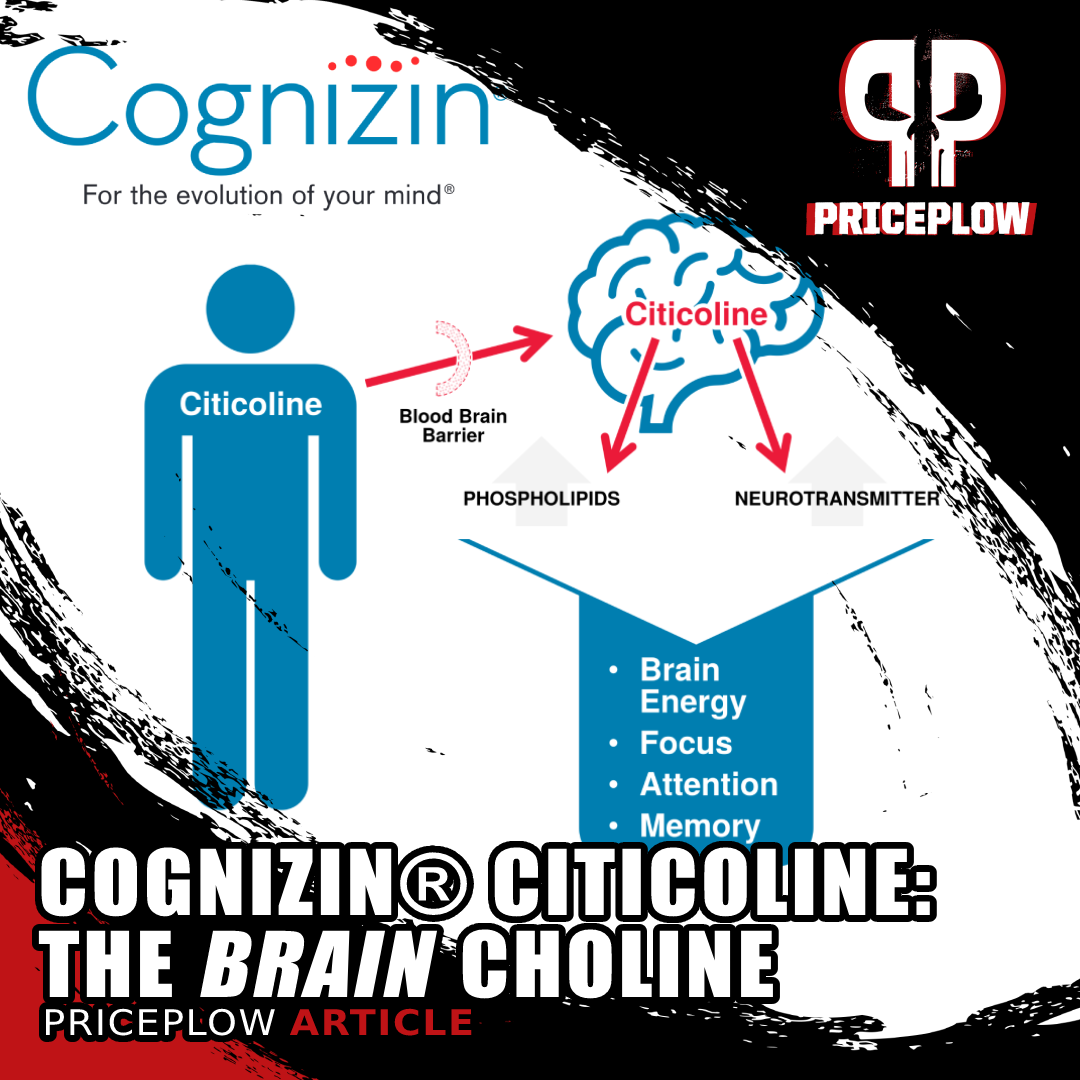
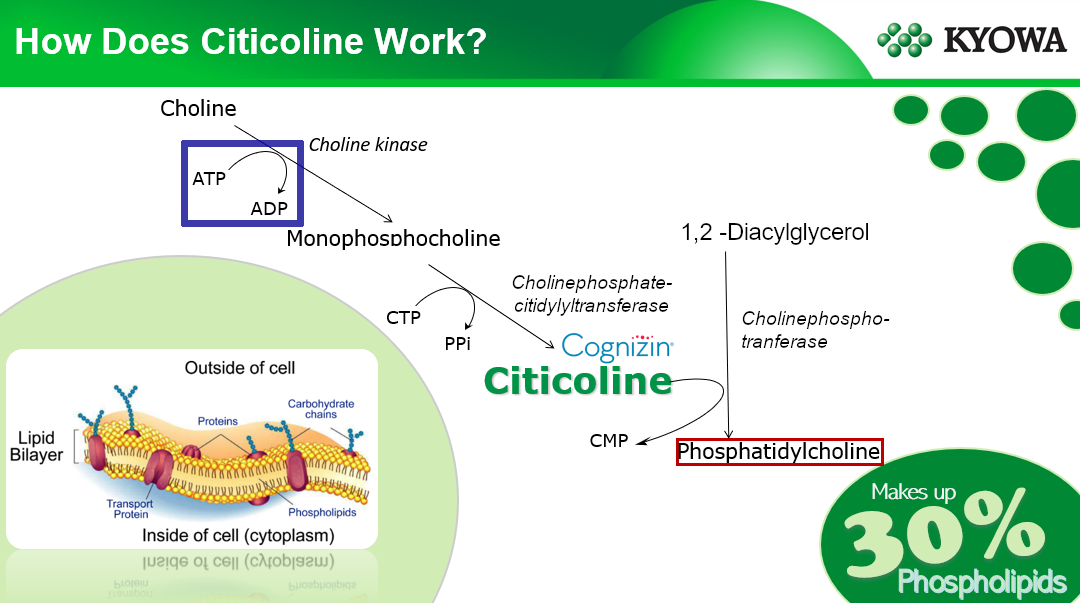
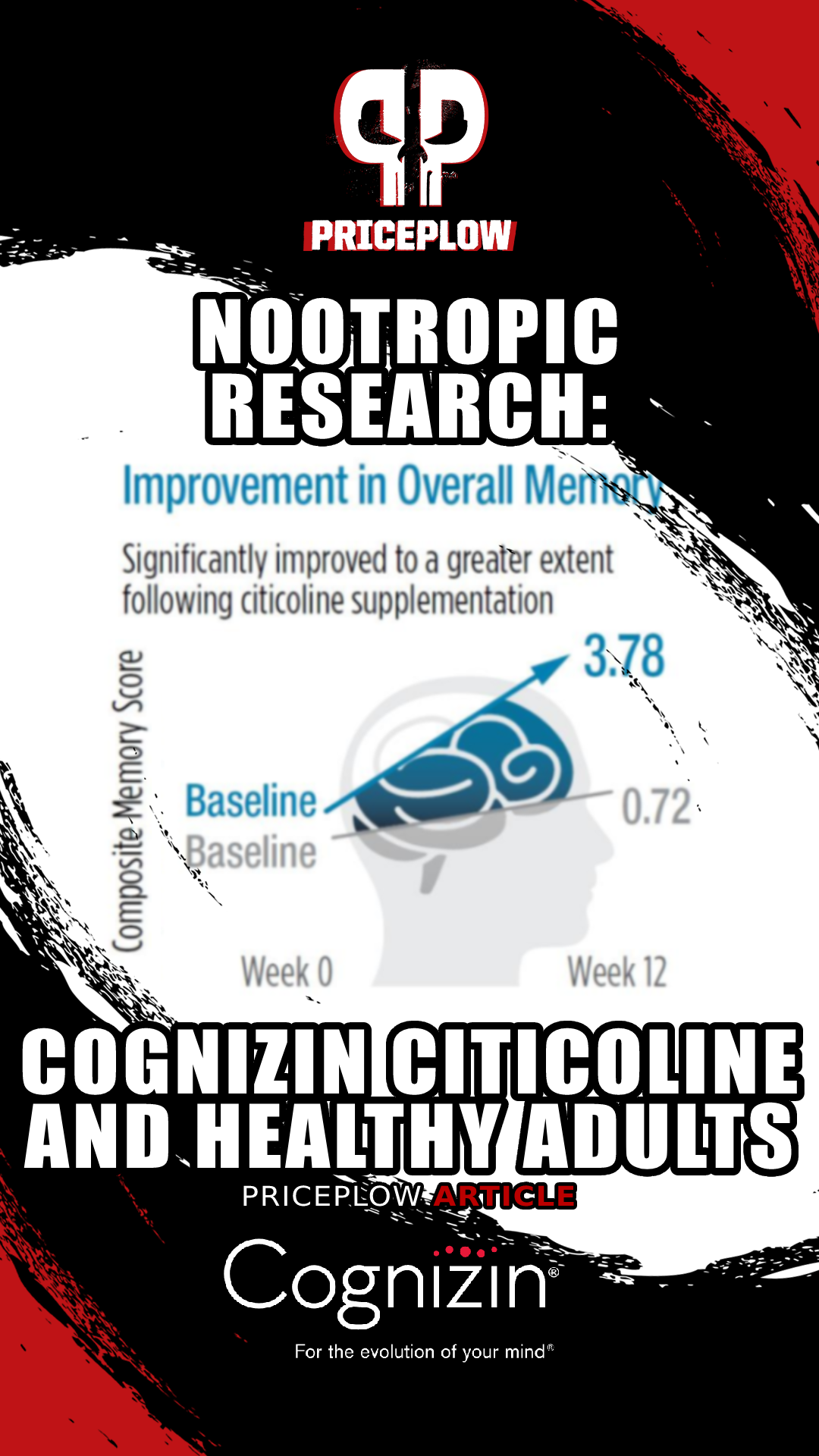



Comments and Discussion (Powered by the PricePlow Forum)